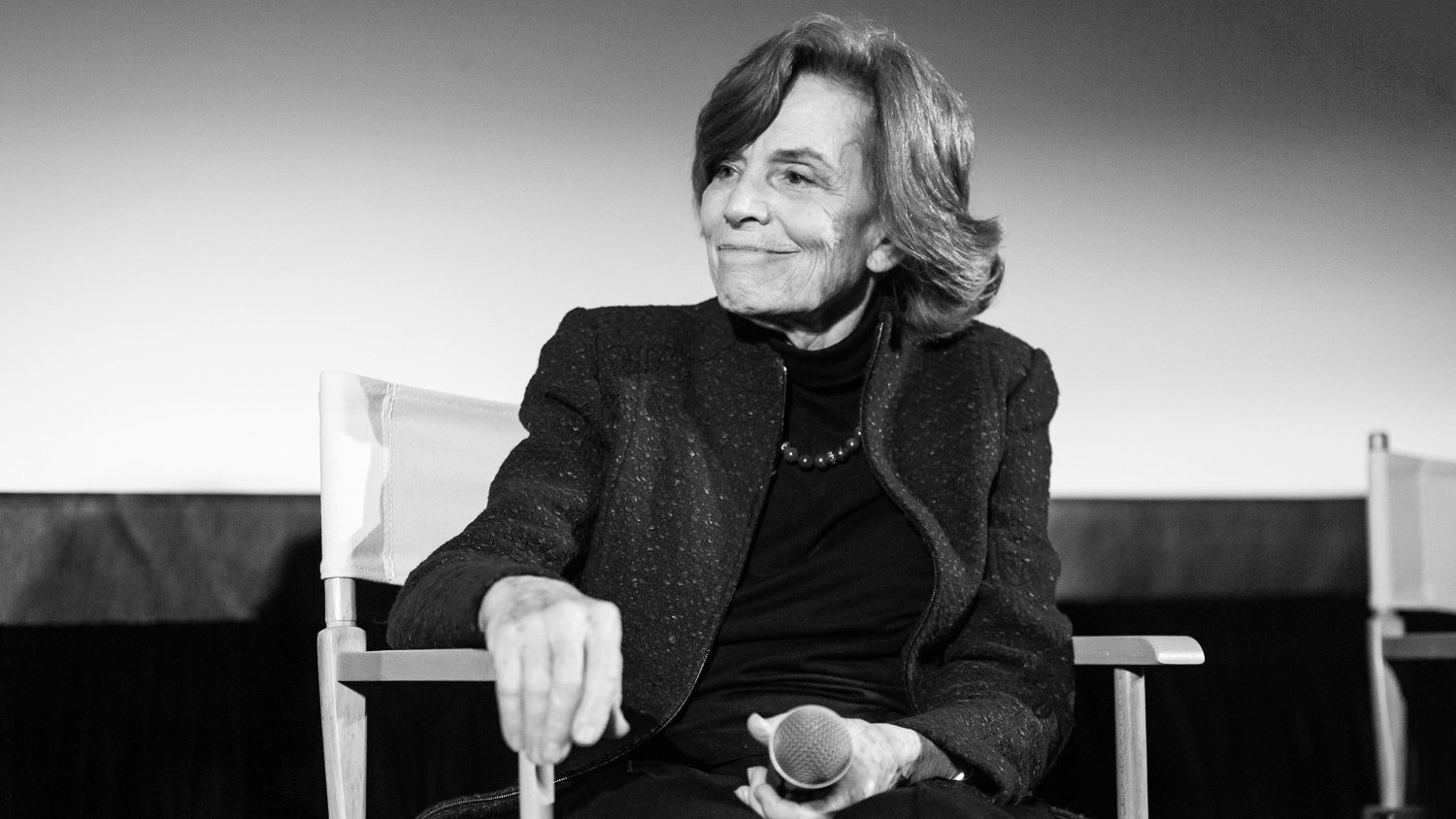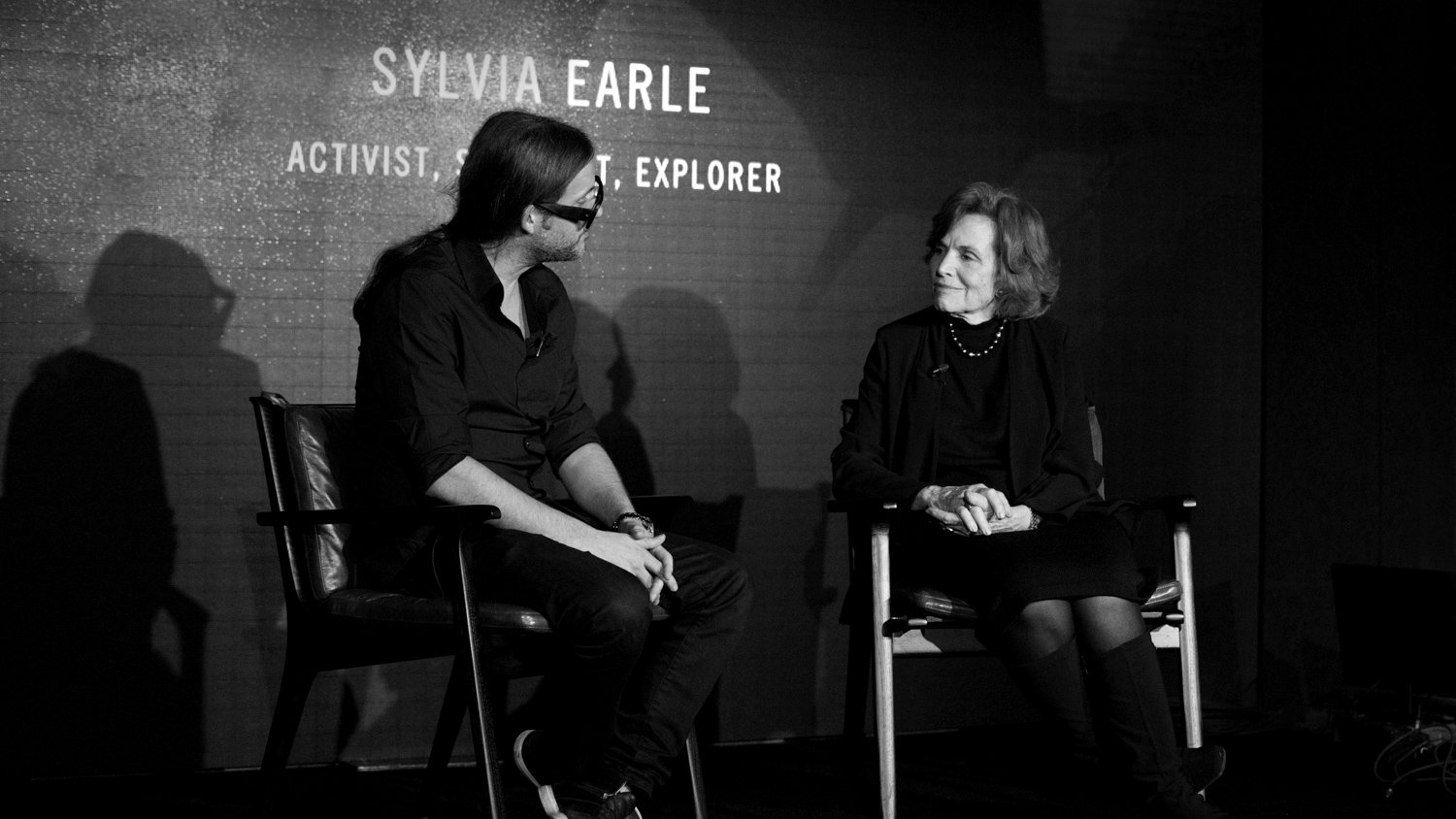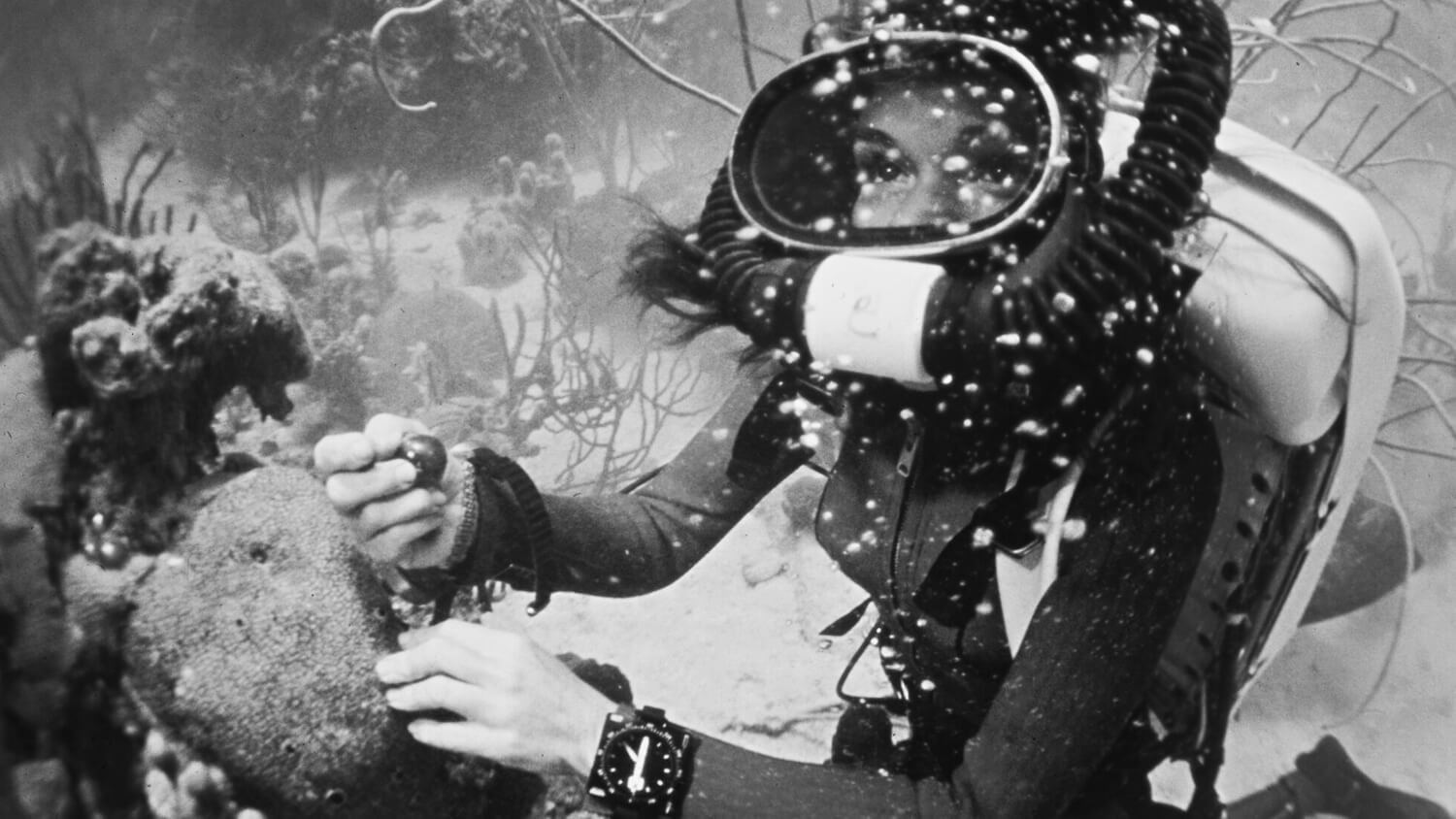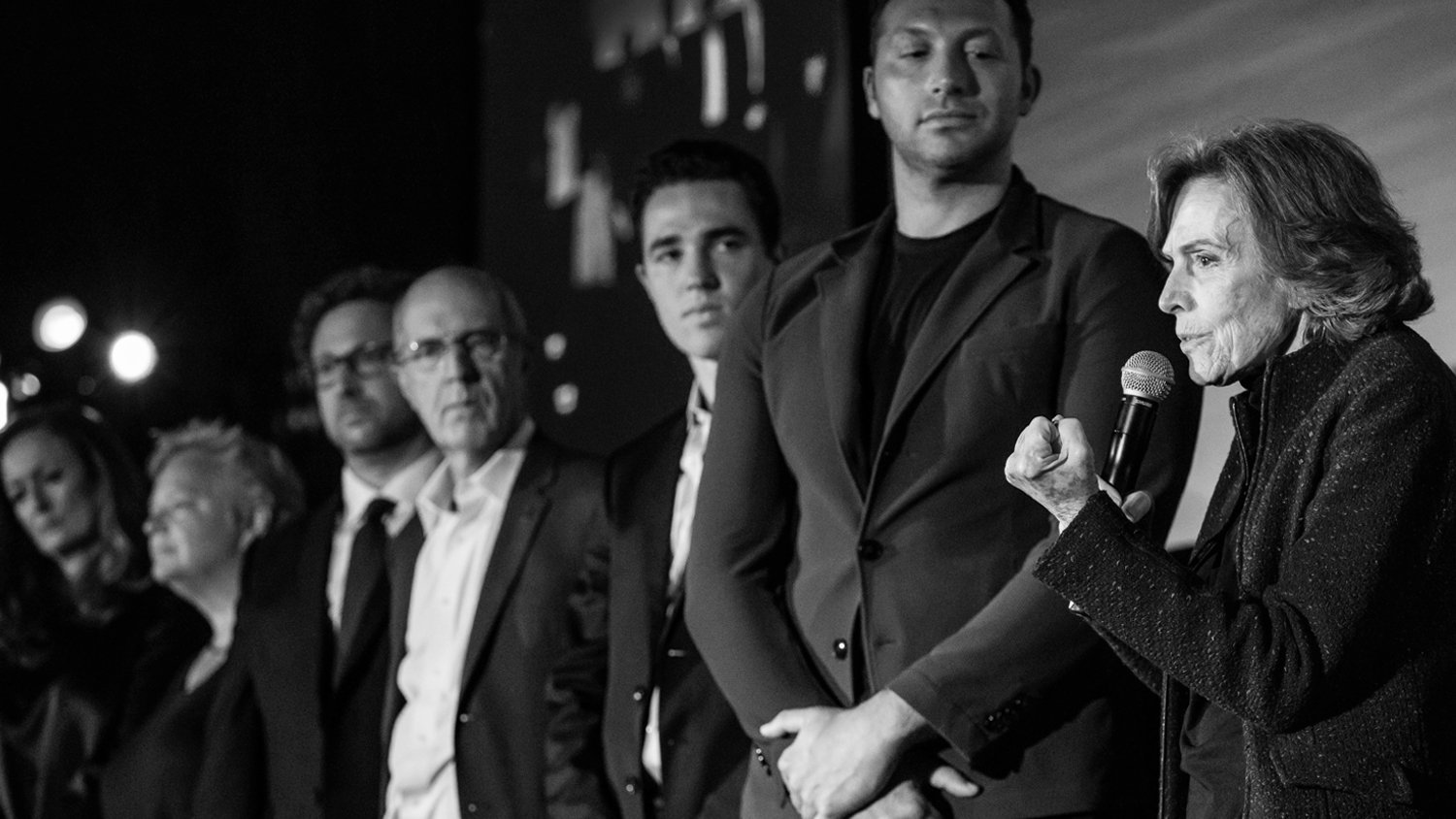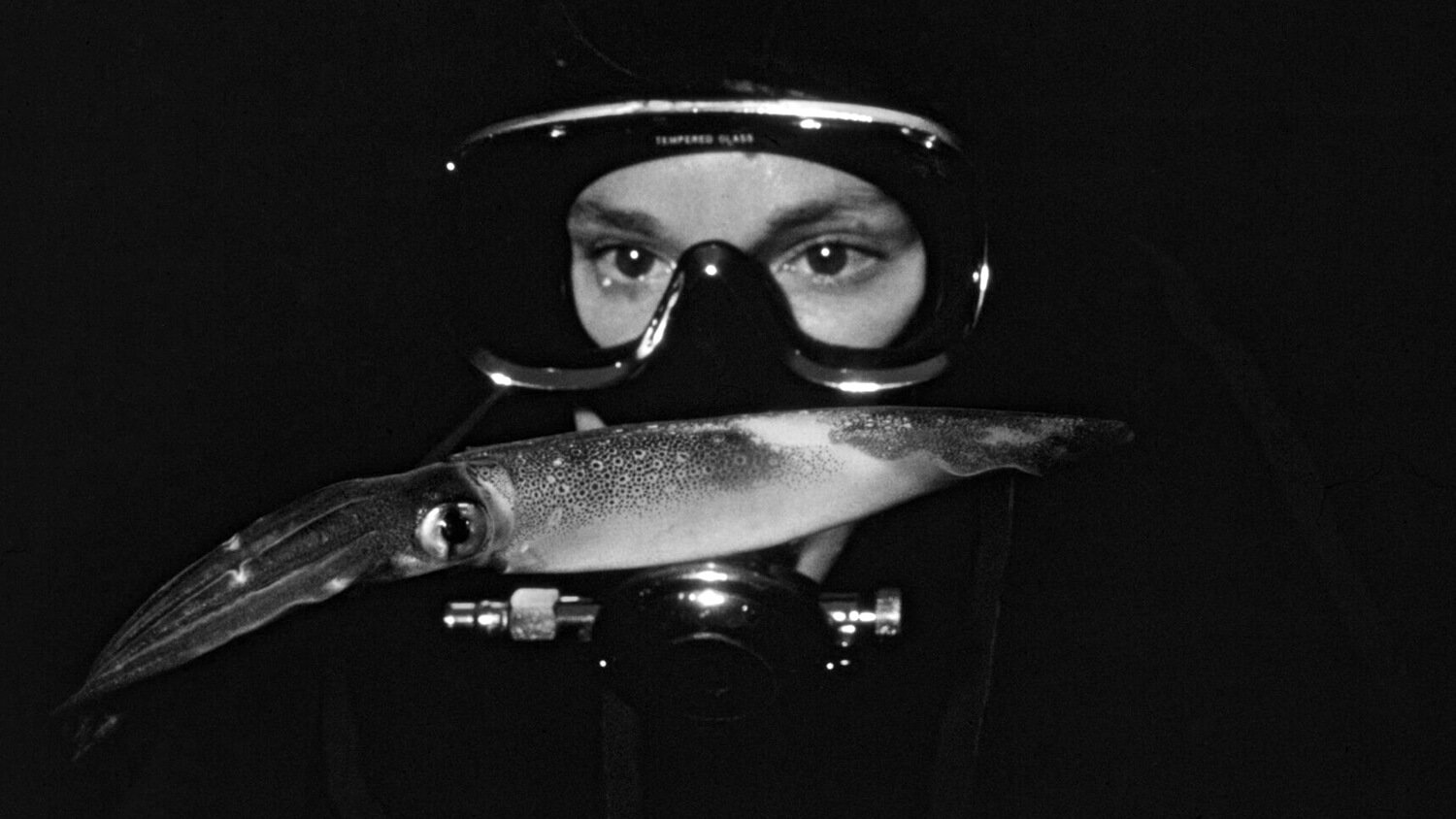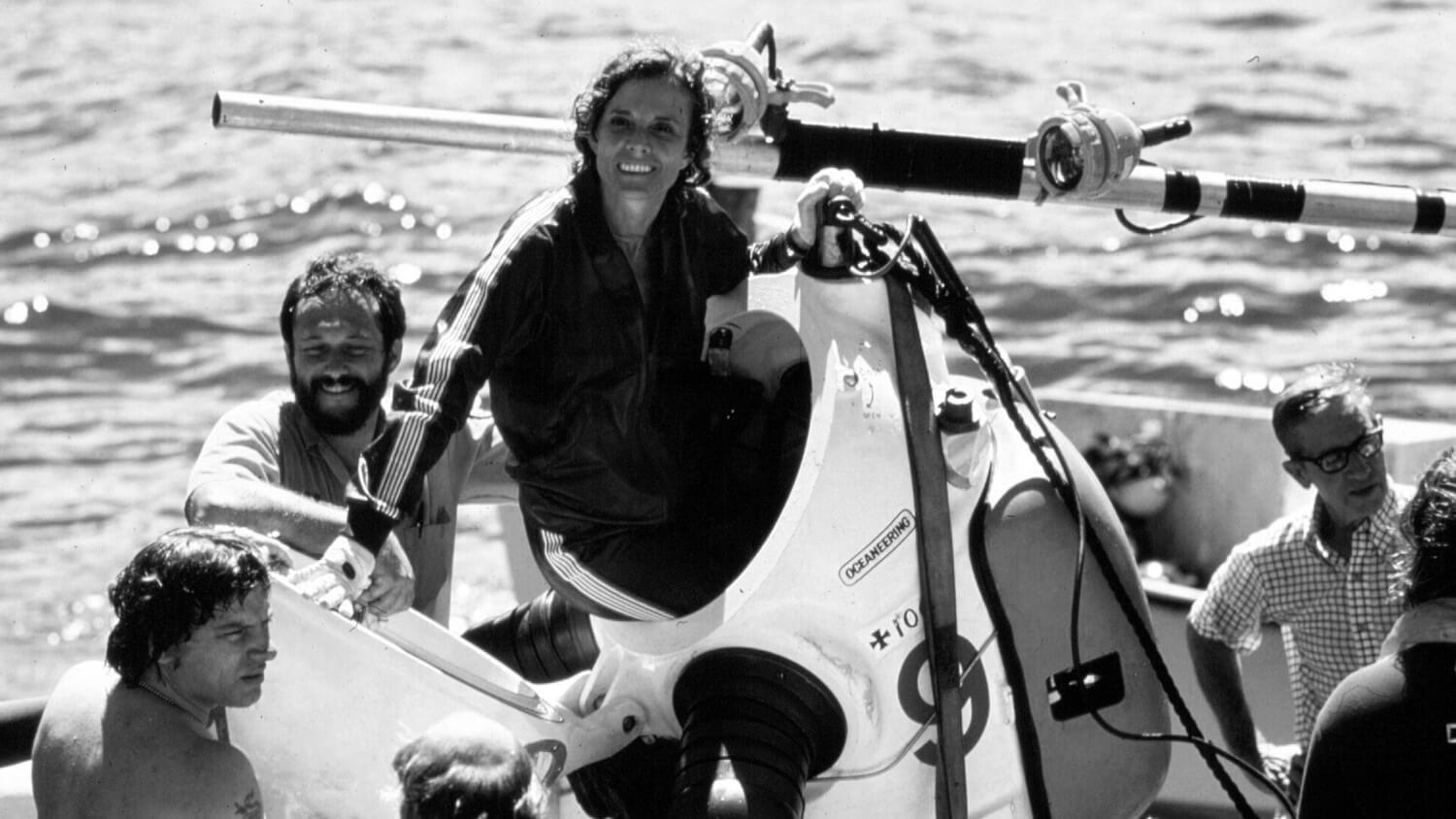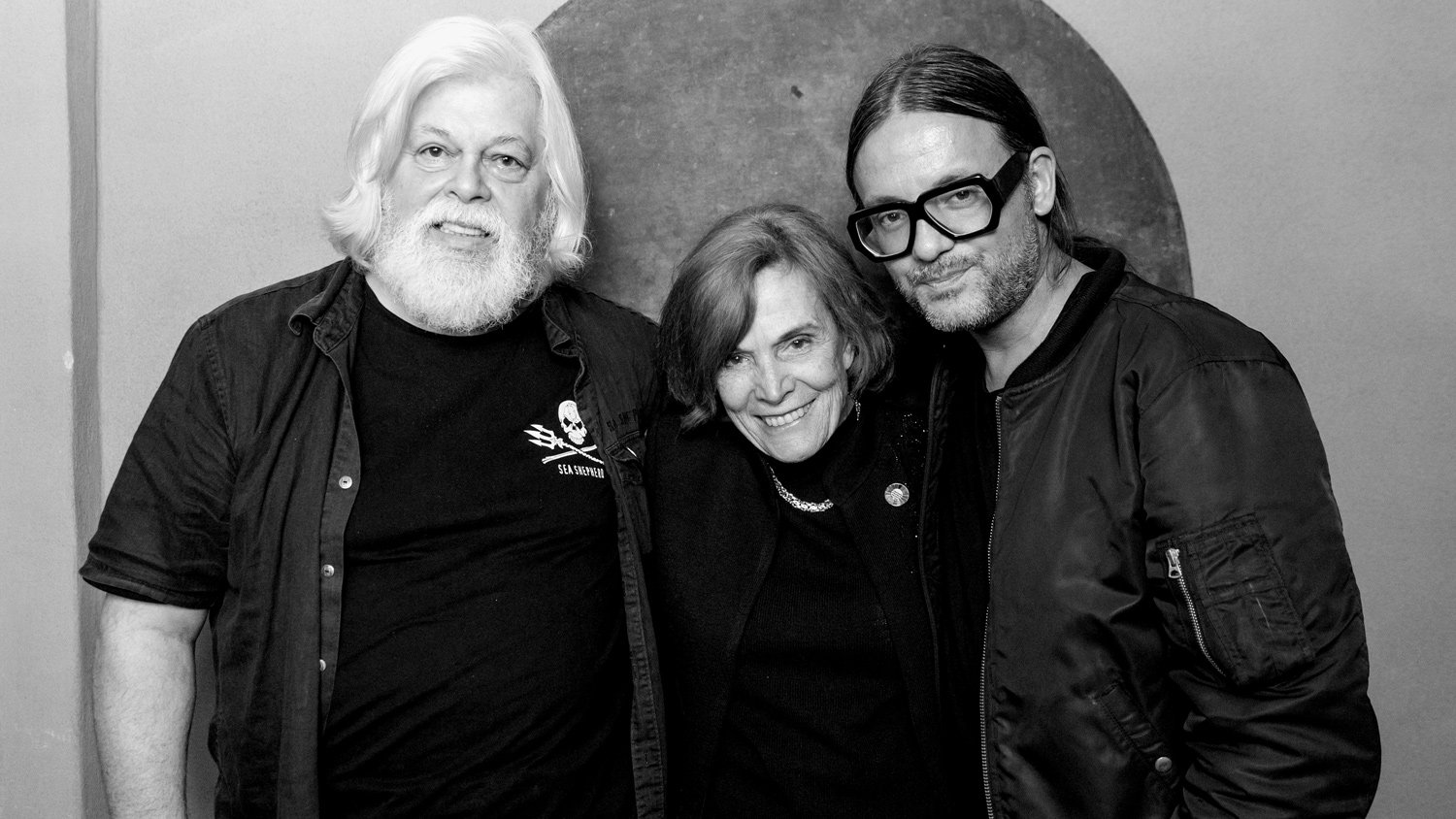The Network: Dr. Sylvia Earle
Oceanographer • Explorer • Scientist • Known as ‘Her Deepness’ • First female chief scientist of the U.S. National Oceanic and Atmospheric Administration • Once lived underwater for 20 days as part of the Tektite II expedition • First person to complete an untethered walk across the seafloor at a depth of 1,250 feet • Has logged +7,000 hours beneath the waves
Dr. Sylvia Earle is Parley Chief Science Officer, Explorer in Residence at the National Geographic Society, founder of Mission Blue and Deep Ocean Exploration and Research (DOER) and former Chief Scientist of NOAA – the first woman to serve in that role. An early pioneer of SCUBA technology, 'Her Deepness' has spent nearly a year of her life underwater, logging more than 7,000 hours beneath the surface.
She has led countless deep-sea expeditions, mostly famously the all-female Tektite II mission in the spring of 1970, which saw her and four other ‘aquanauts’ living for 10–20 days at a time under the ocean in an underwater habitat off the US Virgin Islands. The mission and its crew received a huge amount of publicity, and Earle made appearances on talk shows and even game shows, bringing the wonders of the ocean to a mass audience. In 1979, Dr. Earle walked untethered across the seafloor at a depth of 1,250 feet in a specialised suit, setting a new record.
A passionate advocate for the oceans, Dr. Earle continues to share her knowledge and experiences on stage, through film, in writing, and beyond. She has authored more than 200 scientific publications and advised on oil spill recovery (one of her specializations) after the Exxon Valdez disaster, the Gulf War and the Deepwater Horizon catastrophe. Her research and work with Mission Blue focuses on conservation of marine ecosystems; more specifically, she is working on developing a global network of “Hope Spots” – protected areas on land and in the ocean which can help safeguard our blue planet’s living systems.
“The next 10 years will shape the next 10,000 years. What we do or what we fail to do will make the difference.”
Dr. Sylvia Earle
Q&A
What was the first moment you put your head underwater?
The first time my head went into the sea was when a wave knocked me over. I was three years old. It was on the New Jersey shore. At first I couldn’t breathe and it was a little frightening for a three year old, but when my toes touched the bottom and I could stand, I realized that it was exhilarating. That was really fun. My mother was watching from the beach and she could have grabbed me, concerned for my safety. But she saw the big smile on my face and let me go back in, and I've been going back in ever since.
You’ve done some very deep dives and submarine missions – have you seen plastic down at those depths?
When I began diving in the 1950s, there simply were no plastic anythings in the ocean. Today, it’s really an exceptional dive that I take – anywhere from the surface waters to thousands of feet below – that I do not encounter plastic. There’s this belief that, well, plastic is light and it floats, and of course a lot of does. But plastic also sinks. So even in a submarine, down near the seafloor, there is a lot of stuff that has accumulated there. It’s a dreadful signature for us to leave on the planet.
Is this the legacy of our generation, that we're leaving behind a dead sea, a dead planet? Or is there still hope?
I think the power of hope comes with knowing. If we did not know that the ocean is becoming more acidic, if we did not know where oxygen comes from, if we did not realize our total dependence on the existence of a natural system, we would be doomed. But the good news is, we do know.
What’s the deepest you’ve been so far?
The deepest I’ve been so far is about 4½ miles, that was in the Shinkai 6500. That’s about the depth the Titanic rests, a little deeper. It’s incredible to think how much exists above and below that depth, that’s no one’s ever witnessed before. There’s life there. Every little handful of water is packed with creatures. I dream of democratizing access to the sea – of having submersibles that will give anyone who wants to explore the ocean the ability to.
What do we still not know about the oceans?
There's much we don't yet understand, but we know enough to know that we are reaching a critical point. That we can measure, unlike any other humans who have ever existed before, we have the power to observe the skies above and see that in all of the universe, Earth is this extraordinary miracle. And unlike any who have existed before, those who came along in the 20th century and now into the 21st, we have the power of being able to measure the diminishing ice in the Arctic. Measure the amount of carbon dioxide in the atmosphere. Measure where does oxygen come from? How is carbon captured? We have a lot more to learn, but we know enough to know that just as we have the power to destroy, we do have the power to heal. And we know that burning fossil fuels has reached a point where it is literally killing us. So we have to change our ways. The great gift of fossil fuels is the knowledge that we have acquired, to understand there must be another way. And it's happening, but we don't have a lot of time.



